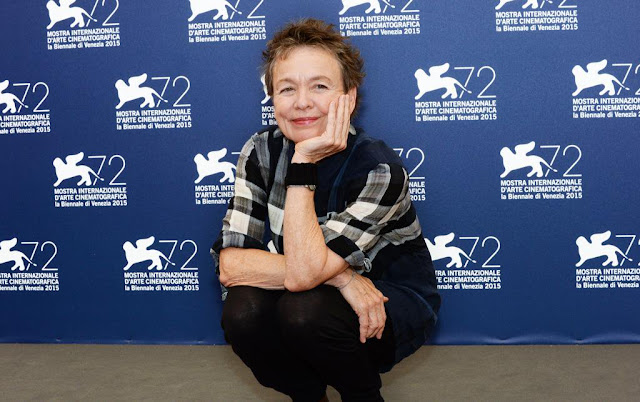Search This Blog
Official website of Annakarinaland , broadcast on KXSF.fm San Francisco Community Radio Focus on Women and Film. Published reviews and scholarly writing of film critic Moira Jean Sullivan
Posts
'Jeanne Dielman' by Chantal Akerman an eternal classic
- Get link
- X
- Other Apps
Mika Kaurismaki's 'The Girl King' unveils a brilliant Queen Kristina
- Get link
- X
- Other Apps
Laurie Anderson's 'Heart of a Dog' tells ghost stories and love stories
- Get link
- X
- Other Apps
San Francisco City Hall in solidarity with the citizens of sister city Paris. Nov 13, 2015.
- Get link
- X
- Other Apps
Wikepedia censors Freja Film, historic Swedish women's film organisation
- Get link
- X
- Other Apps
Freja Film: Wikipedia threatens history of women in film
- Get link
- X
- Other Apps
Amy Winehouse's end of life truthfully chronicled in new Cannes documentary
- Get link
- X
- Other Apps
Stig Björkman's 'I Am Ingrid' mesmerizes 68th Cannes Film Festival
- Get link
- X
- Other Apps
Patricia Highsmith's 'Carol' in official Cannes selection
- Get link
- X
- Other Apps
"Film International" 2014 fails the 'Bechdel test'
- Get link
- X
- Other Apps






